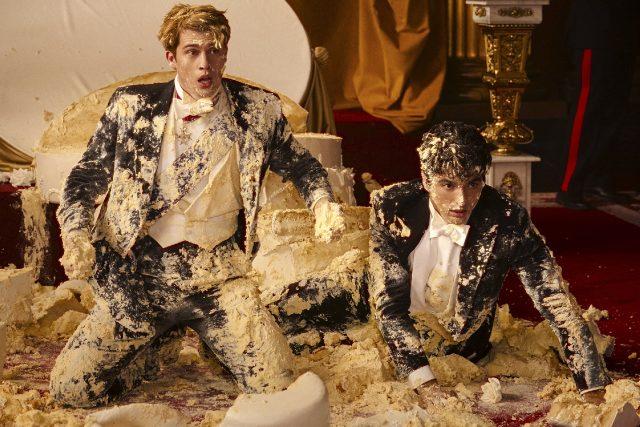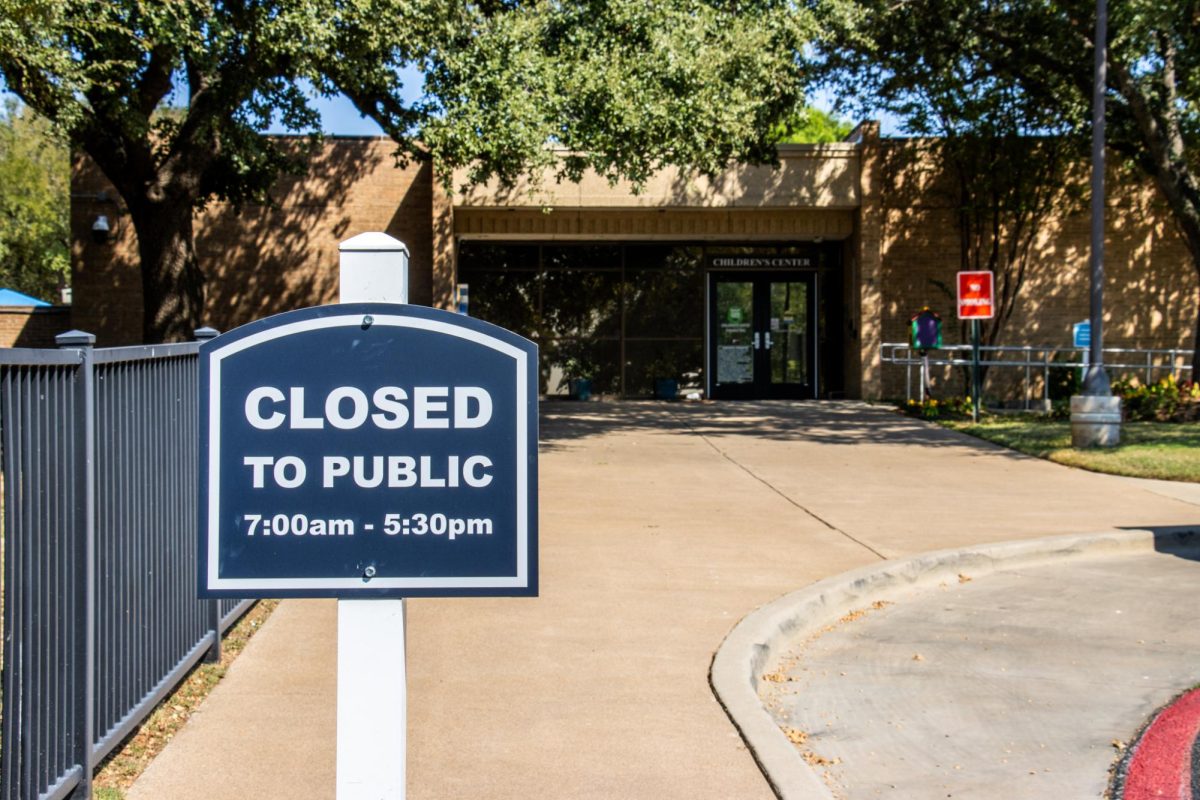OLLA MOKHTAR
campus editor
olla.mokhtar@tccd.edu
The colors red, white and royal blue have never looked as good as they do in Taylor Perez and Nicholas Glitzine’s movie, giving us both a British and Texan prince. The best part: They fall in love.
Introduced as an adaptation of the book “Red, White and Royal Blue” by Casey McQuiston, this movie features the son of the president, Alex Claremont-Diaz, and Prince Henry of Britain. These two highly publicized figures fall helplessly in love but feel that they have to hide it from the public’s eye due to the royal family’s fear of “tainting” their image.
Obviously, this is because of heteronormativity and the fact that the family wants to remain relevant. Henry realizes this is because his grandfather wants to please the public and would much rather have Henry feel unhappy without Alex than “disappoint” him.
Alex’s family is the complete opposite. They are highly supportive of their bisexual son and are only concerned with the fact that their son is dating the prince of England whom he previously abhorred.
Alex and Henry met at a party where Alex thought the prince hated him for no reason and was looking at him disgustingly. He then heard Henry say, “get me out of here.” What Alex didn’t know was Henry had recently lost his father, was grieving his death and was forced to be there.
Years later, they meet again at Henry’s brother’s wedding and have an argument about the comments he made. They were standing beside a cake and accidentally tipped it over, causing them to be smothered by it.
This causes a national spectacle that both Britain and the U.S. families have to cover up since the public gets wind that they don’t like each other.
Eventually they set up a series of photo shoots and interviews to convince the public that they’re close friends, allowing some quality time together in the process.
Low and behold they become real friends and Henry explains his side of the story from when they first met.
Once they cleared the miscommunication, they began texting daily. Eventually they went from enemies to lovers. Despite this adorable trope, it is not what encapsulates the movie. It’s the fact that Henry is struggling because he can’t express his love for Alex.
Oftentimes movies, shows and entertainment in general don’t capture how it can be a struggle to come out, but this movie did an excellent job with that.
It showed Henry was scared of disappointing his family and the British people just by being queer. It showed how it affected Alex in that he was starting to fall in love with Henry but couldn’t show it. It showed the fact that when people love someone or are proud of something they want to show it off and should strive to be happy.
Regardless, some don’t have the luxury of doing so. While some have very supportive families, others don’t.
Most importantly, it opened a discussion about how some people have the privilege of expressing who they are and some simply do not. Whether it be because of familial pressure, religious beliefs or otherwise, people’s circumstances dictate who can and cannot live and love how they want.
It also sheds light how queer people acquire the right to come out or keep their sexuality private.
“Red, White and Royal Blue” may have portrayed the lives of famous people but it encapsulated the experiences of many in a red, white and royal blue genius of a film.





































